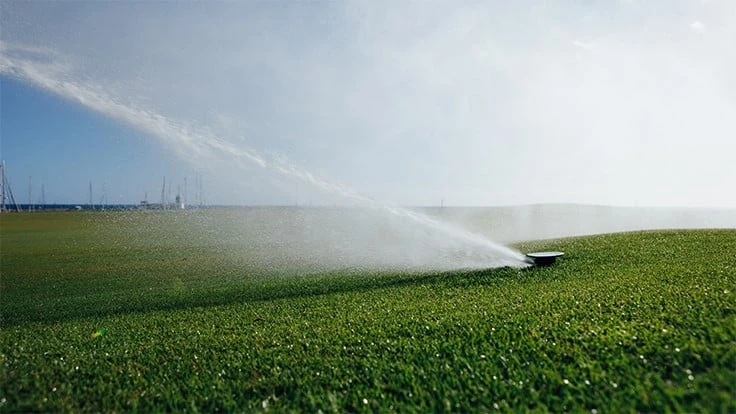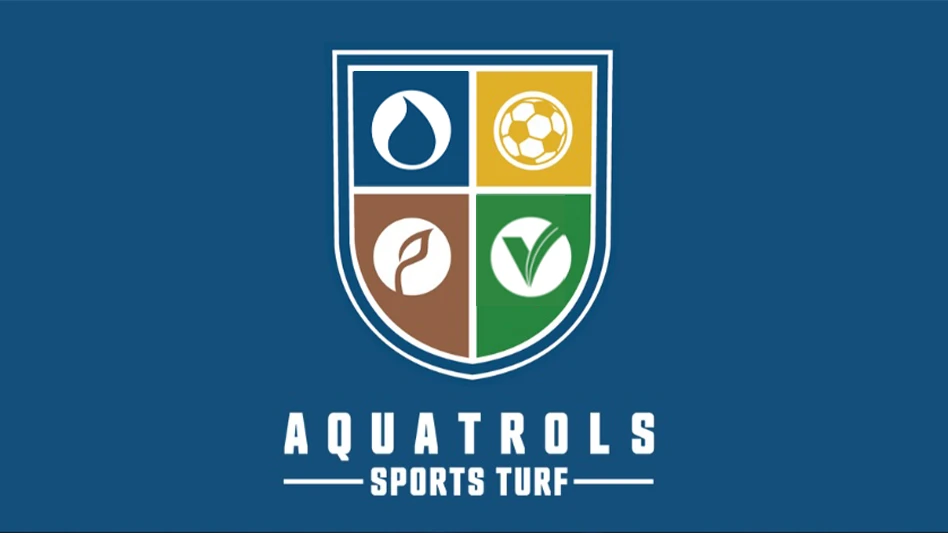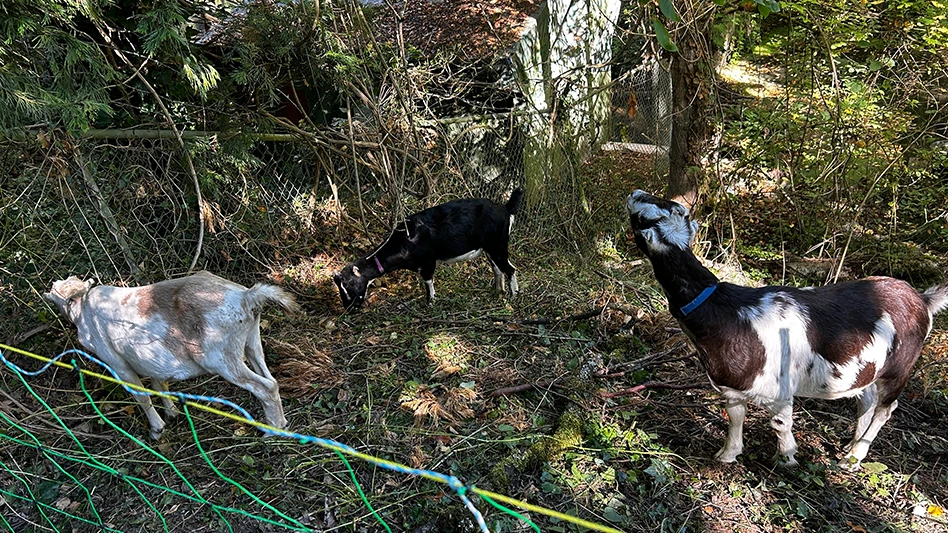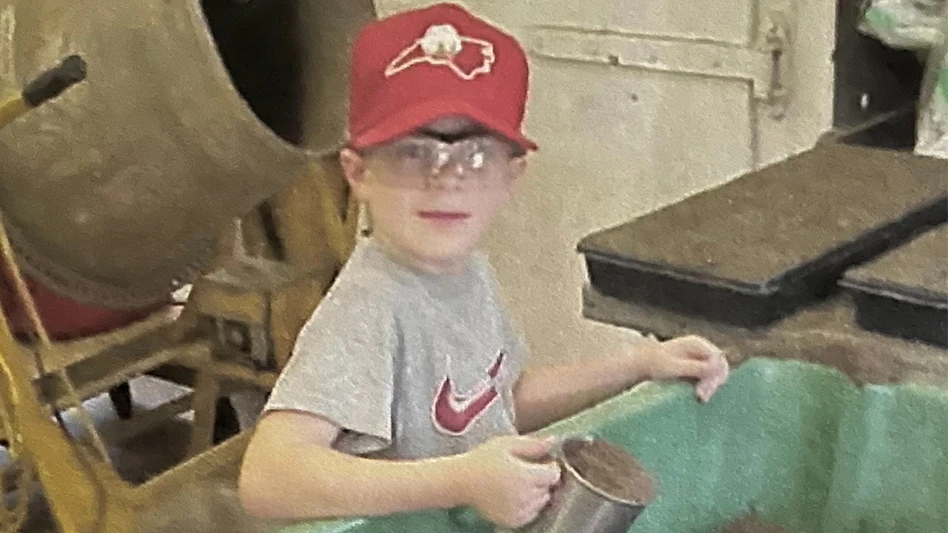
Adobe Stock
Golf course managers and superintendents face quite a few challenges while maintaining golf courses. It’s safe to say that the lush, beautiful playing surfaces that we enjoy on golf courses don’t just happen. But you already knew that. We know it takes hard work, dedication and patience to ensure that our golf courses look fantastic during the season. Although mowing and maintaining the turfgrass is a crucial component, proper irrigation is just as essential to preparing the playing surfaces to maximize players’ enjoyment and to maintain an amazing looking golf course.
When it comes to the proper care of golf courses, effective and precise irrigation is often overlooked. But it shouldn’t be. Precision irrigation can be a complete game-changer when it comes to not only the look and feel of the golf course, but also the impact it can have on golf course managers and superintendents’ bottom line for operating costs. The future can be uncertain, and times can be rough, which is why it’s critical to think of ways to save money. Adopting a precision irrigation practice, can save money for golf course managers and superintendents in the long run. Because of all this, it’s safe to say that the practice of precision irrigation is the next big thing to hit the golf industry.
Although there are several benefits that precision irrigation can offer, here are some of the main reasons why golf course superintendents should consider adopting the practice of precision irrigation in the maintenance of their golf courses.
You save money in the long run
In this recent era of general uncertainty, golf course managers and superintendents may find themselves making difficult choices and strategizing to keep their operations steady and profitable. Luckily, with a precision irrigation practice in place, golf course managers and superintendents have to make one less difficult decision knowing that they are maximizing the impacts of their operational costs while keeping their courses in top-notch condition.
Additionally, chemical applications are expensive and costs can fluctuate significantly, making it a challenge for golf courses to forecast exactly how much they should be irrigating their courses. By implementing a precision irrigation schedule to the nearest second (as opposed to the industry standard of the nearest minute), superintendents can minimize fertilizer and chemical runoff, making the most of their operational budget. Water costs have been consistently on the rise for the past several decades. According to Circle of Blue, a non-partisan collective of research scientists, journalists, communicators, policy analysts and activists claim that from 2010 to 2015, the price of water increased 41 percent in 30 major U.S. cities.
Superintendents can expect the costs associated with water to continue to rise. Therefore, considering the adoption of a precision irrigation control system to stabilize their golf course maintenance costs in the future can help superintendents plan and forecast. With a central control system capable of precision irrigation, superintendents can control their costs for water, utilities and labor. They can also control irrigation by setting runtime minutes or application inches and let the system help calculate the other variables. These new systems can see exactly how much water will be applied and how long each area will need to be watered. By gathering essential information about how and when to irrigate the fields precisely, superintendents not only save money but also help the environment. This brings us to our next point.
Precision irrigation is better for the environment
Water conservation is a key topic with those in the golf industry, and rightly so. Although we know that it takes a lot of water and fertilizer to maintain a lush, beautiful golf course, there are opportunities to eliminate overuse and work toward providing better outputs without negatively impacting the environment. With precision irrigation, you’re not only conserving water, but you’re also ensuring that fewer fertilizers and chemicals are being washed away on a daily basis. This helps the overall health of the turfgrass and optimizes the effects of the applications while at the same time reducing their overall use of fertilizers, because more chemicals and fertilizers are not being washed away and wasted due to overwatering.
Different areas, different irrigation needs
In addition, every area on a golf course is different and requires a slightly different set of maintenance needs. Applying the same amount of water across the entire golf course could potentially be unhealthy for the turfgrass and would not be an effective approach. To address this, superintendents could consider the needs of individual areas on their course by analyzing the turfgrass and applying the ideal amount of water to every unique area on the course. Historically, this hasn’t been a practical option for superintendents, but with technological advances in irrigation control systems, golf course superintendents can precisely irrigate their course with ease.
You’re a key component of the game
Last but certainly not least, when the turfgrass receives proper maintenance, including the right amount of water, fertilizers and sunlight, the grass is ultimately much healthier, more visually appealing and, simply put, delivers a better overall experience for the players. And when players are happy, golf course managers and owners are happy.
A roadmap to healthier turfgrass
We know precision irrigation is the future of golf course irrigation, and the roadmap is simple for superintendents to start adopting precision irrigation programs. The easiest way for superintendents to implement a program like this is to consider upgrading to a central control system capable of achieving runtimes to the nearest second, and that is capable of watering by amount in addition to time. When we utilize smart technologies for precision irrigation, it’s a win-win-win in that it is beneficial for the overall health of the turfgrass, our environment and facilities’ bottom lines.
Mike Read is the director of sales and marketing for golf irrigation at Toro. With decades of experience in the golf industry, he recently joined the Toro Irrigation team based in Riverside, California.
Latest from Golf Course Industry
- The Aquatrols Company story
- Albaugh receives registration for chlorantraniliprole
- Honored by the association he helped expand
- The Carolinas GCSA Conference and Show: 5 W’s preview
- A great game. A sustainable game
- Envu welcomes new campaign activation manager
- Beyond the Page 61: An apprenticeship roundtable
- Epoch Science introduces Plant Fitness turf product line





